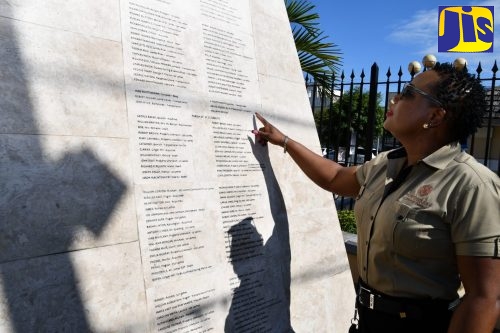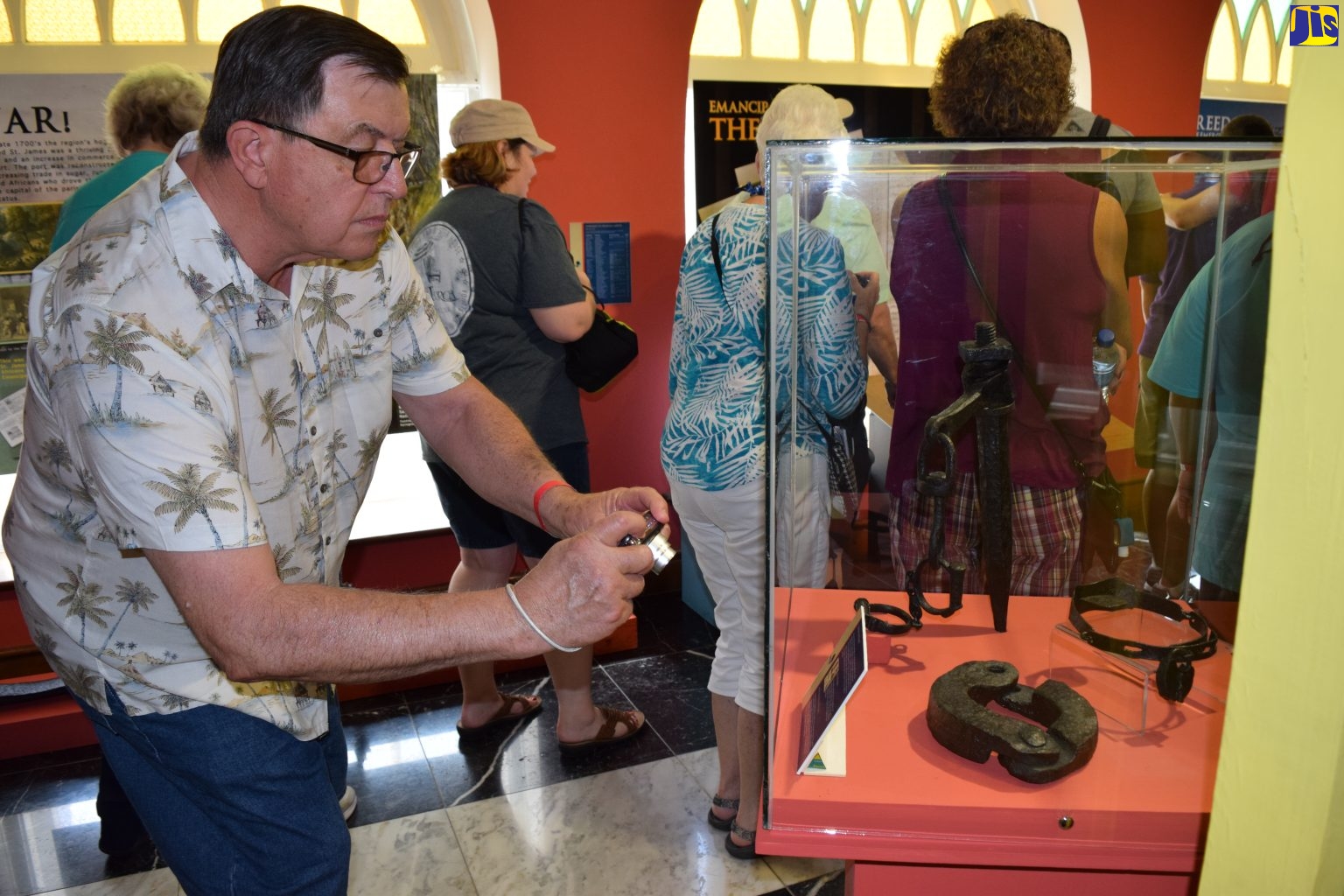Story Highlights
- The Montego Bay Cultural Centre which is located at Sam Sharpe Square in downtown Montego Bay, St. James, stands as a timeless symbol of the rich history of the parish and the resilience of the Nation’s ancestors.
- The historic structure, which was built in 1803, was first used as a courthouse.
- It was at this court house that the trial of many of the enslaved Africans, including National Hero and leader of the 1831 Christmas Rebellion, Rt. Excellent Samuel Sharpe, was held. Sam Sharpe was tried there on April 19, 1832.
The Montego Bay Cultural Centre which is located at Sam Sharpe Square in downtown Montego Bay, St. James, stands as a timeless symbol of the rich history of the parish and the resilience of the Nation’s ancestors.
The historic structure, which was built in 1803, was first used as a courthouse.
It was at this court house that the trial of many of the enslaved Africans, including National Hero and leader of the 1831 Christmas Rebellion, Rt. Excellent Samuel Sharpe, was held. Sam Sharpe was tried there on April 19, 1832.
By 1959, the court offices and local government offices had become too large for the building to accommodate and the court offices were moved to new premises on St. James Street. The court house was destroyed by fire in 1968.
In 2001, the building was restored by the Urban Development Corporation, with funding from the Venezuelan Government through the San Jose Accord, and reopened as the Montego Bay Civic Centre.

On July 11, 2014, the building was rebranded as the Montego Bay Cultural Centre on the basis of a Memorandum of Understanding (MoU) between the St. James Municipal Corporation and the Montego Bay Arts Council Ltd, which set the legal and administrative foundation of this Centre of Culture.
The building now houses National Gallery West, an extension of National Gallery of Jamaica and the National Museum West.
The National Museum West, an extension of National Museum Jamaica, features the Montego Bay to the World Exhibit which houses numerous artefacts particularly from Montego Bay and its environs; and a ‘revolving’ Museum which currently features the exhibition on RASTAFARI.
Operations Manager of the centre, Hillary Clarke, says that the building is now the go to place in Western Jamaica to view historic artefacts, as well as the premier location to view the works of internationally known artists.
“(The centre) offers the most comprehensive cultural and artistic exhibitions within its wall. The gallery features the works of Jamaica’s premier and internationally known painters, sculptors and photographers, (whose work are included) in a themed exhibition which revolved each quarter,” Ms. Clarke, tells JIS News.

“National Museum West occupies two spaces in the building, one has the RASTAFARI exhibition and the other has the Montego Bay to the World exhibition, which is a permanent exhibition that consists of ancient artefacts from the 18th century to post – independent Jamaica,” the Operations Manager adds.
Ms. Clarke notes that the Montego Bay Cultural Centre is a registered Visitor Attraction Site that is overseen by the board members of the Montego Bay Arts Council Ltd. The Arts Council, represents a wide cross section of Government, tourism and business stakeholders.
The centre’s town hall, which served as a ballroom during the era of slavery, is now one of the premier locations for small and medium scale events in western Jamaica.
“The town hall space… seats up to 300 persons at full capacity, furnished with Brazilian wood flooring and contains large scale paintings which were done by Suzette Harriott and Edmondo Souza,” Ms. Clarke informs.
Another significant feature of the Centre is The Freedom Monument, which was erected in 2007, to memorialize the enslaved persons who participated in 1831-32 war of emancipation.

“(The monument) is located in the rare courtyard of the centre. It has etched on its surface the names of over 600 slaves who were punished for taking part in the Christmas Rebellion,” Ms. Clarke states.
Samuel Sharpe was hanged at a section to the front of the building for his leadership of this rebellion.
Scores of visitors, mostly cruise ship passengers from all over the world, flock to the centre to view the exhibitions, or purchase rare souvenirs from the centre’s gift shop. The number of visitors to the facility ranges between 800 and 1,000 per month.

The location has also morphed into a popular location at which students, both local and international, frequently do educational tours.


